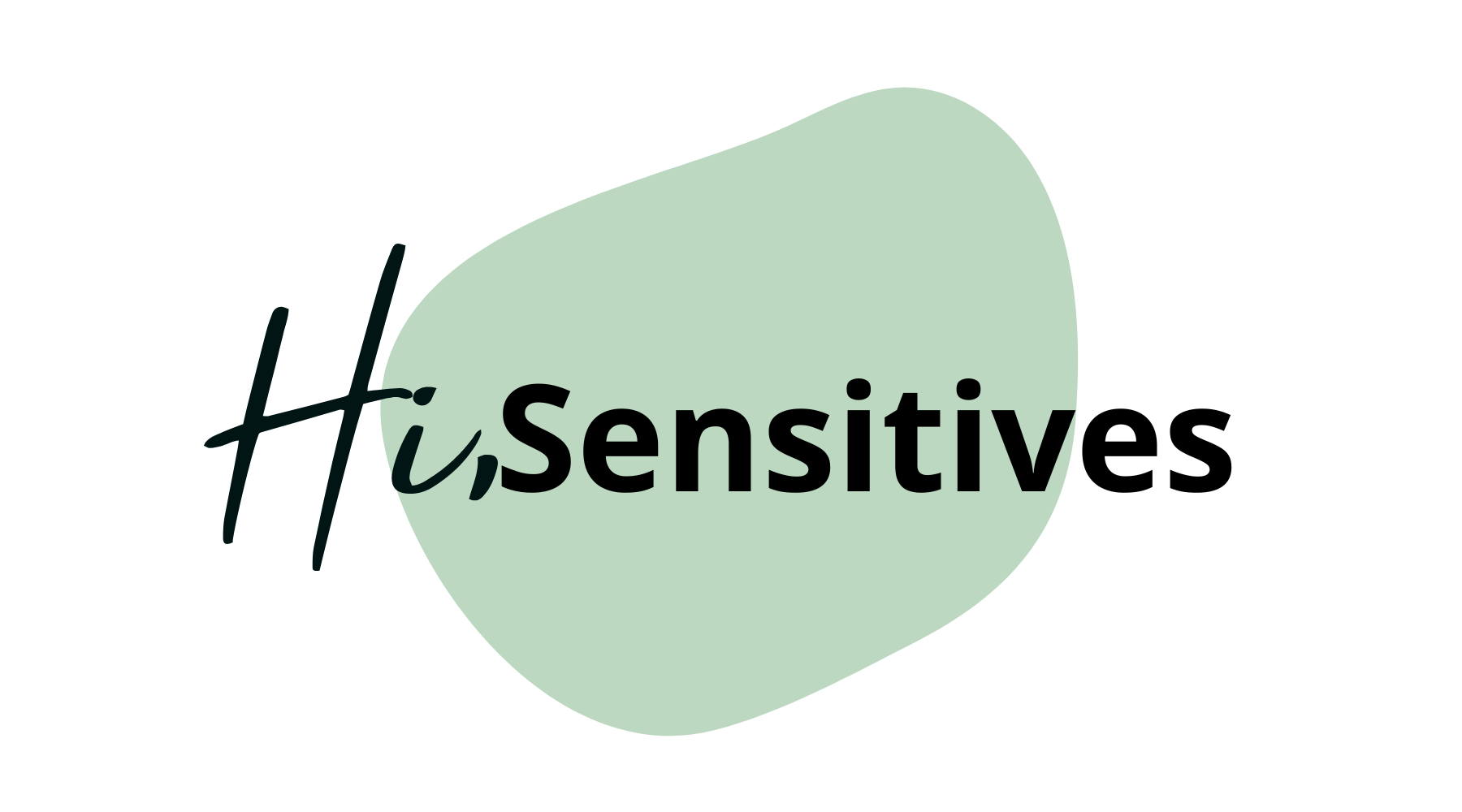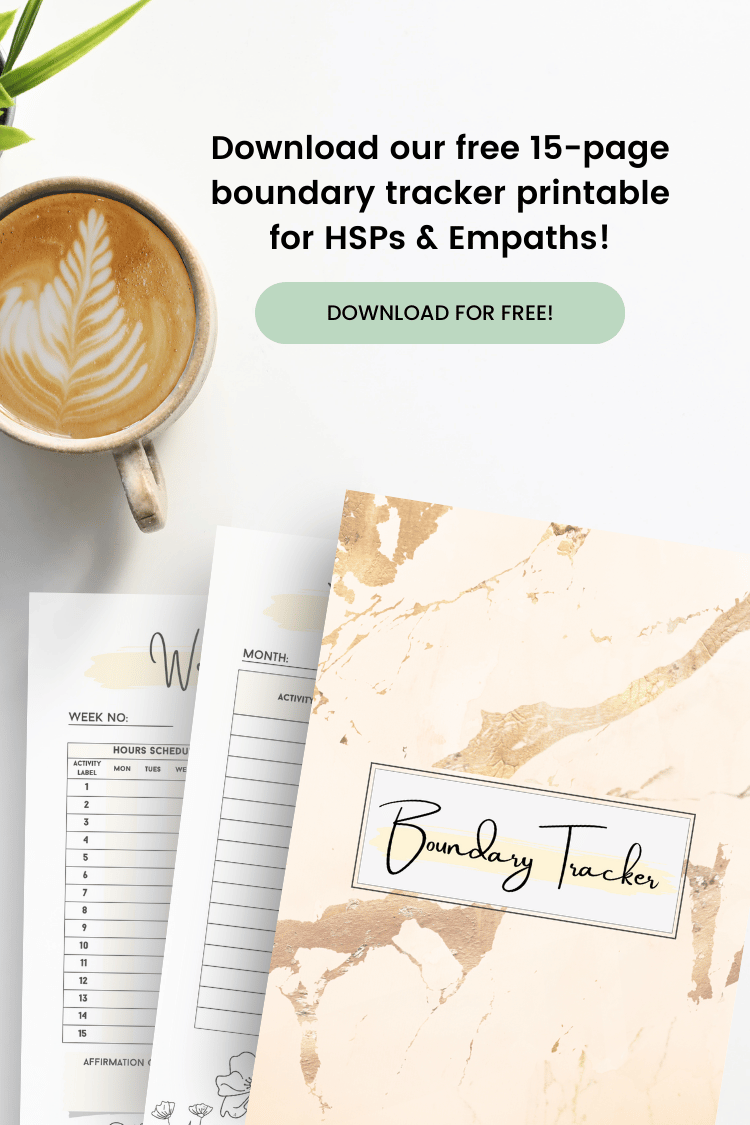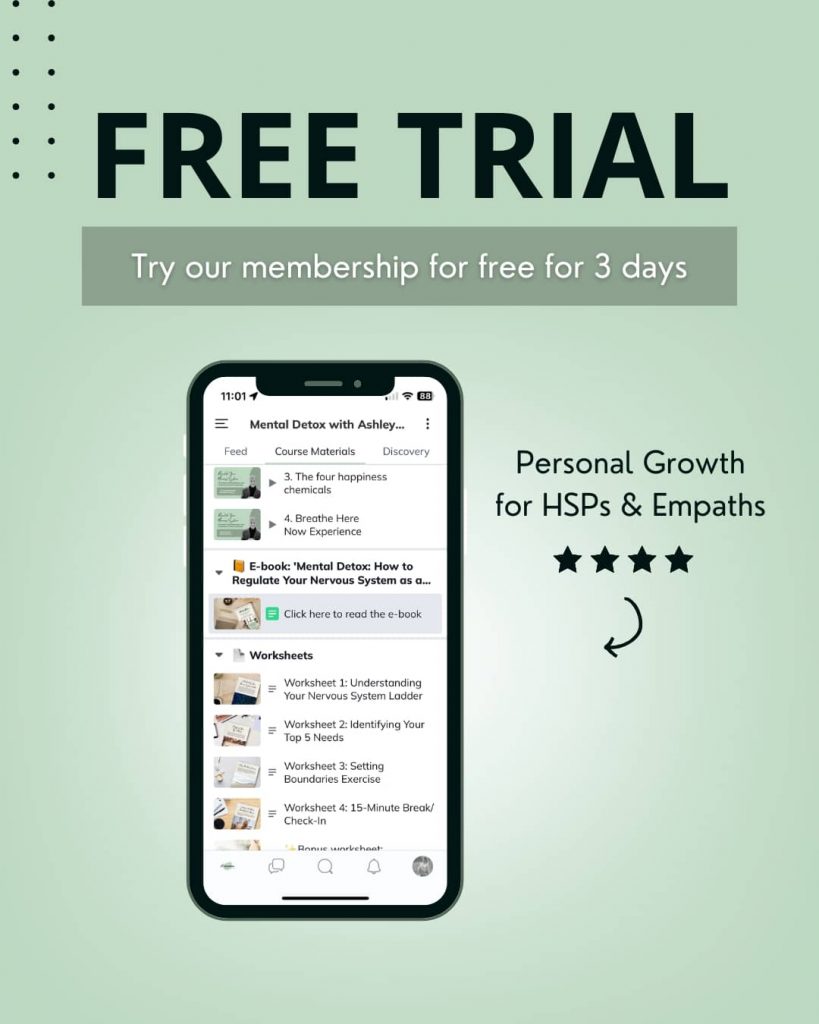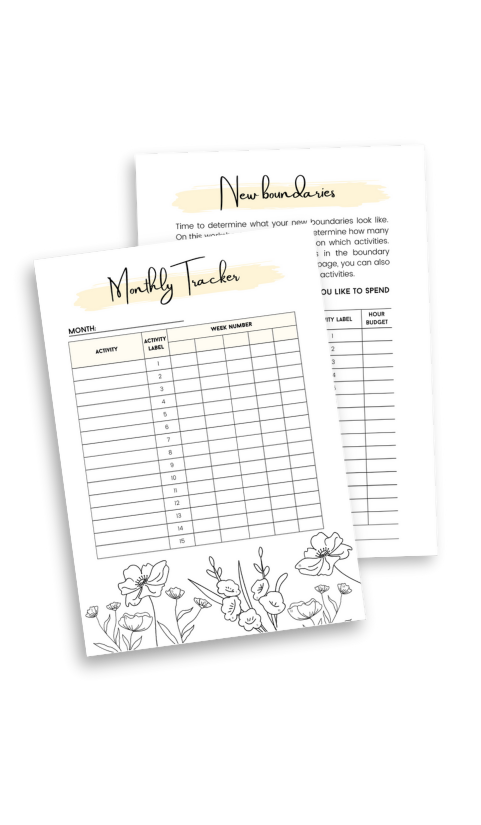Wondering how nature can benefit your creativity? In this article, we explore the many advantages nature can offer to highly sensitive people’s creative process.
Estimated reading time: 6 minutes
If you identify as a Highly Sensitive Person (HSP), you’re already well aware of how deeply your environment impacts you. But have you considered the profound influence nature can have on your creativity? For HSPs, who often feel more intensely and notice subtleties that others may overlook, the natural world offers a rich tapestry of sensory experiences that can ignite the creative spark. In this blog, we’ll explore how integrating nature into your life can not only soothe your sensitive spirit but also significantly enhance your creative abilities.
Here’s What You’ll Discover:
The Science of Nature’s Impact on Creativity
It’s not just anecdotal evidence that supports the idea of nature boosting creativity; science backs it up too. Studies have shown that spending time in nature can improve cognitive function, increase attention span, and even enhance problem-solving skills. For HSPs, who are particularly attuned to their surroundings, nature can offer a unique kind of mental refreshment. The sounds of a forest, the sight of a sprawling landscape, and the smell of fresh earth can all trigger neurological changes that foster creativity. The brain’s default mode network, which is active during daydreaming and imagination, becomes notably engaged in natural settings. This engagement is crucial for creative thought as it allows the mind to wander freely and generate new ideas. By stepping out into nature, HSPs can tap into a state of flow where creativity unfolds with ease. This makes nature and creativity a perfect match for those with heightened sensitivity.
Nature as a Muse: Inspiring Stories of Famous Creatives
The bond between nature and creativity isn’t a modern concept; it has inspired generations of artists, writers, and musicians. Beethoven, for instance, drew profound inspiration from his walks through the Viennese forest, which influenced many of his symphonies. Similarly, Emily Dickinson, known for her keen observational skills and sensitivity, often wrote about the natural world in her poetry. She found beauty and meaning in the minutiae of her garden. These anecdotes not only illustrate the timeless connection between nature and artistic expression but also highlight how particularly resonant this connection can be for those who experience the world with heightened sensitivity.
For HSPs, nature acts not just as a backdrop but as an active participant in the creative process. The subtle changes in light, the intricate patterns of leaves, and the gentle sounds of water can all spark the creative imagination and offer a fresh perspective, breaking the routine of indoor environments that may stifle creativity. Engaging with nature allows HSPs to escape sensory overload of urban settings. Also, they find solace and stimulation in the simplicity and complexity of natural scenes.
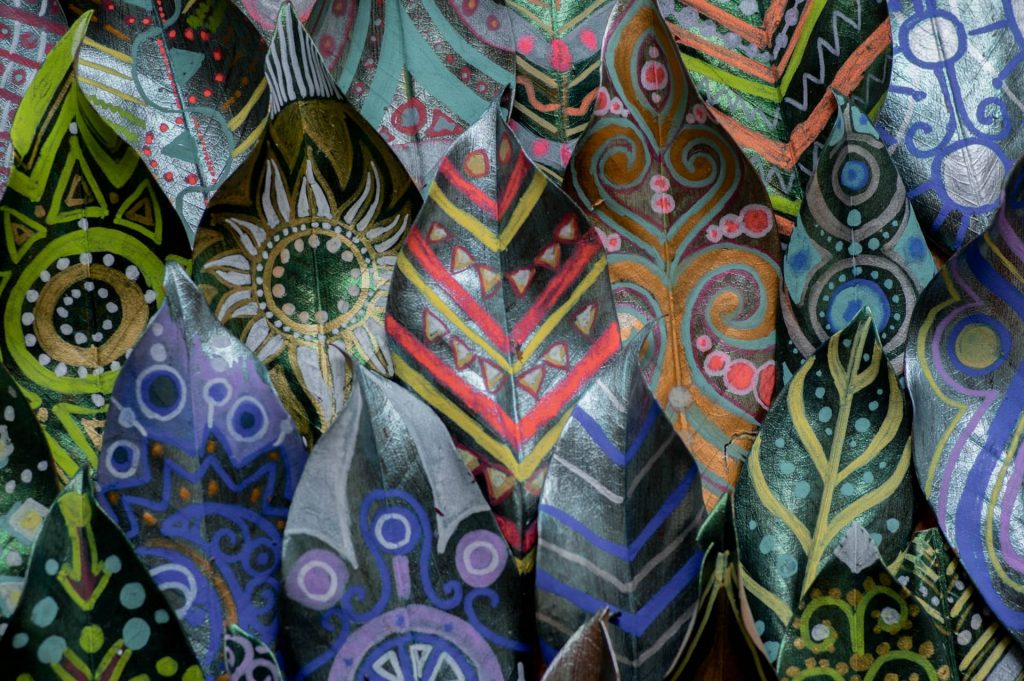
Practical Ways to Harness Nature for Creativity
For HSPs looking to enhance their creative output, incorporating nature into daily routines can be transformative. Start by creating rituals that blend creativity with nature. For example, consider keeping a nature journal. Documenting your sensory experiences in nature—such as the texture of tree bark or the pattern of shadows cast by leaves—can not only heighten your awareness of your surroundings but also spark creative ideas for any medium, be it writing, painting, or photography.
Another impactful practice is engaging in ‘green exercise’. For instance, yoga in a park or a quiet walk along a beach can be powerful exercises. Physical activity in natural settings not only benefits your body but also clears the mind, making space for new ideas. Furthermore, arranging a workspace with a view of nature, or even images of natural landscapes, can help simulate the calming and creative influence of the outdoors.
Challenges and Considerations
While the benefits of interacting with nature are clear, not all HSPs may find it easy to access natural environments, especially those living in urban areas. The challenge of finding serene, green spaces in the concrete jungle can be daunting. This may potentially lead to feelings of frustration or exclusion. Additionally, some HSPs might experience sensory overload even in natural settings, where the intensity of sights, sounds, and smells can be overwhelming rather than calming.
To overcome these barriers, HSPs can explore several alternatives. Creating a personal green space with indoor plants can bring a slice of nature into the home. Moreover, this offers a peaceful retreat without the need to travel. For those who find certain natural environments too stimulating, quieter, less sensory-demanding places like public libraries with garden views or indoor botanical gardens can be good alternatives. Additionally, virtual reality (VR) and soundscapes that simulate natural environments can provide a sensory-friendly approach to enjoying nature’s benefits. This ensures that all HSPs can find a way to incorporate the healing power of nature into their lives, irrespective of their physical location or sensitivity levels.
Final Remarks
For highly sensitive individuals, the connection between nature and creativity is especially profound. Nature not only offers refuge from the overwhelming stimuli of everyday life but also provides a wellspring of inspiration that can deepen and enrich the creative process. By making nature a regular part of your life, you can nurture your sensitive nature and allow your creativity to flourish. Remember, every leaf, stone, and stream is a potential muse; it’s just waiting for you to take notice.
Ready to deepen your creative journey? Join us inside the Ideal Self Plus Membership, where Rim from Rim Creative Energy offers exclusive content designed specifically for highly sensitive people. Discover a world of creativity and personal growth, all tailored to help you harness the transformative power of nature and creativity. Sign up today and unlock your full potential!
You May Also Enjoy Reading These Articles
Disclaimer: In this article, we collaborated with AI while writing articles, meaning that we used it as a personal assistant to provide valuable information to our readers. The personal touch through stories and personal examples and the editing of the article have been performed by the author.
